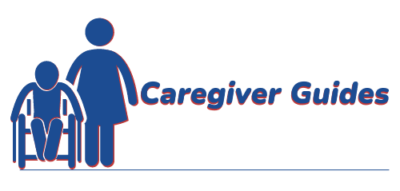
The term/phrase Adaptive Equipment (AE) can refer to any tool or device that is used to help make activities of daily living easier. It could be a grab bar at the toilet, a long handled shoe horn, or even a piece of durable medical equipment (DME) such as a shower chair.
The objective of adaptive equipment is to 1. improve and maximize independence on the part of the care recipient. And, 2. To decrease the burden of care on the care giver. If a piece of adaptive equipment allows the care recipient to dress themselves easier, eat meals easier, or mobilize easier, then that will free the caregiver from the amount of support or number of tasks they have to do on their own or assist the care recipient in. This will go a long way to improving the independence and quality of life for all involved.
Types of Adaptive Equipment
For Bathing:
- Shower Chair
- Long Handled Sponge
- Grab Bar
- Shower Hose
For Eating:
- “Built Up” Eating Utensils
- Weighted Eating Utensils
- Sippy Cup
- Non-Skid Plate/Bowl
For Dressing:
- Dressing Stick
- Long Handled Shoe Horn
- Button Hook
- Sock-Aid
- Reacher
For Mobility:
- A Cane
- A Ramp
- A Walker
- A Scooter

The difference between Adaptive Equipment and Durable Medical Equipment is that AE does not have to serve a specific medical purpose. It’s just used to make living a lot easier and independent .
AE simply makes everyday activities easier. And there is a lot or options for most every activity, ability, and health status.
In many cases, an Occupational Therapist would be the one to consult if you’re interested in finding something that fits your particular need and situation.
